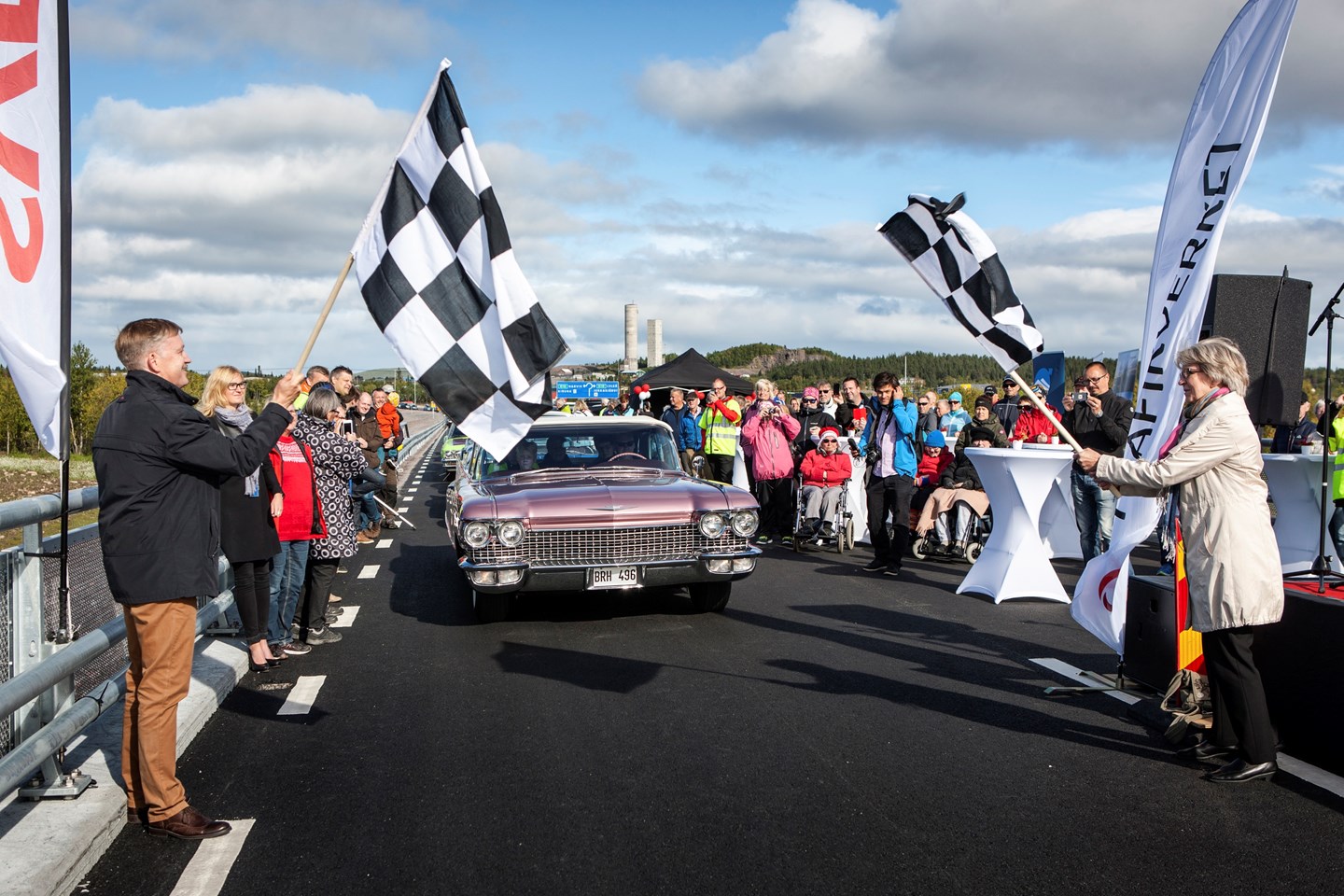Financed by LKAB
According to the Swedish Minerals Act LKAB is obliged to pay for the effects and costs that arise when the company's mining activities lead to urban transformations.

To date LKAB has paid out about 11.3 billion Swedish crowns and reserved a further 11 billion for the transformations since year 2006. Many people ask if LKAB can afford to pay for the urban transformations. The simple answer is that as long as we have mining operations in Malmfälten we have to be able to.
Being able to pay is a necessity if we are to continue mining and it’s not something we can opt out of or postpone. It’s expensive to mine iron ore deep under ground. LKAB always has to plan far ahead and think about the costs to make it profitable to continue. If costs are too high, it’s of course impossible to continue mining. Luckily the urban transformations will take place over a long period and not everything needs to be paid at the same time.
Provisions in SEK
Paid out in SEK
Several billion SEK
We can’t say how much the urban transformations will ultimately cost. This is because LKAB has chosen to mine deeper. In both Kiruna and Malmberget it’s a matter of several billion.
The urban transformations are included in the costs for goods sold. The provisions made are charged to the operating profit and entered on the balance sheet as a liability. When the money is finally paid out, it appears as urban transformation payments in the flow.
Keep track of the costs
LKAB details how much the urban transformations have cost every year in its annual and sustainability report.Read more here.
We want to do the right thing
Before LKAB is given a permit to mine iron ore in a particular area, the municipalities have to alter their local plans from residential and commercial areas to industrial areas. This in turn means that LKAB has to reach agreements with all the property owners and businesses that currently stand in the way of production at the mine. One of LKAB’s urban transformation team’s most important tasks is therefore buying properties, partly from the local authority and partly from private individuals.
LKAB has so far financed several major infrastructure projects and compensated the municipalities for municipal premises like schools, swimming baths and community centres. LKAB has also bought some properties from private owners.
Frågor och svar
A local plan defines how land and water are to be used and how the built environment are to look inside a certain area in a municipality. Only the municipality can draw up and adopt a local plan, in other words change how an area is to be used.
The urban transformations assume that LKAB and the municipalities agree on how to make the transformations and who is responsible for what. The agreements are regulated in collaboration and implementation agreements. The agreements state what is to be moved, demolished and constructed. This involves complex planning and close collaboration between a number of parties. New homes, services and infrastructure must be ready or under construction before LKAB can close existing urban areas. In summary this means that there is first a great deal of planning, followed by the municipalities adjusting their local plans, and then construction of new communities for people to move to. The old buildings are then demolished or moved and the area becomes a green space before being turned into an industrial area.
We can’t say exactly because we don’t know how long the urban transformations will continue. In both Kiruna and Malmberget it’s a matter of several billion.

